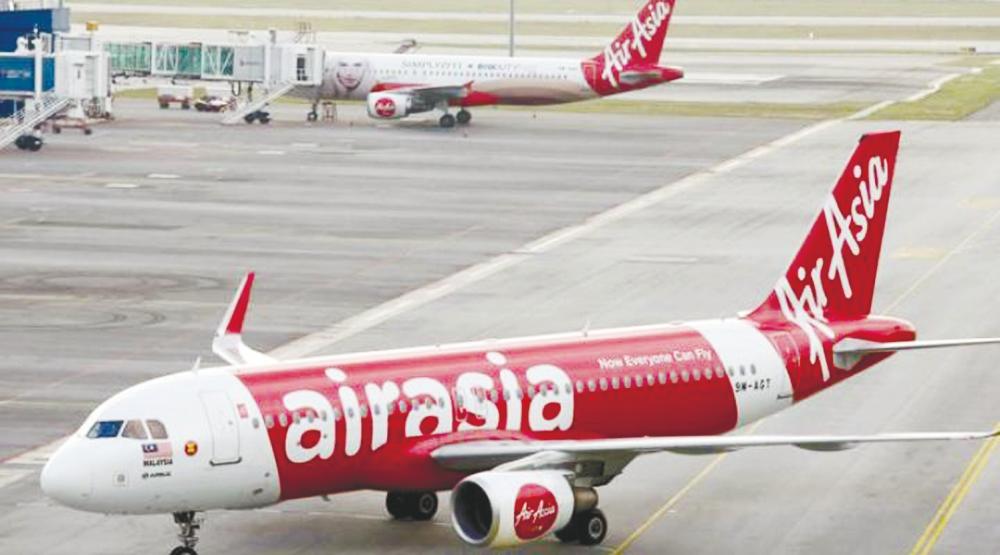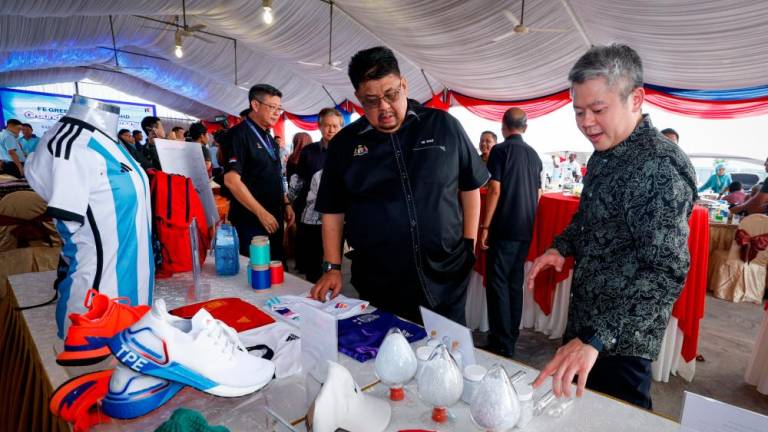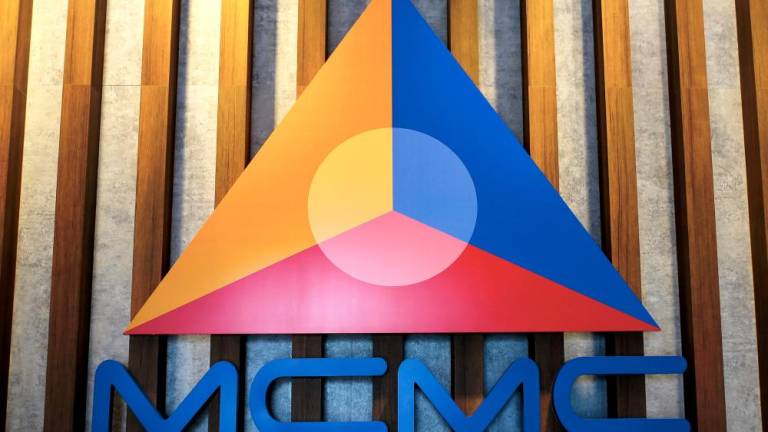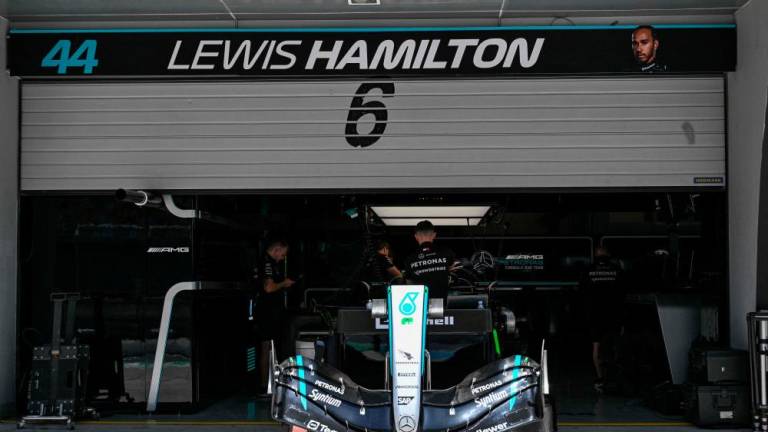PETALING JAYA: AirAsia Group Bhd saw a wider net loss of RM851.8 million for the third quarter ended Sept 30, compared with a net loss of RM51.4 million a year before, primarily attributed to a shortfall in revenue amidst subdued travel demand as international borders remained closed.
“A significant RM663 million of the loss was related to depreciation of right-of-use assets and lease interest costs. In addition, the group was impacted by a fuel hedging loss of RM281 million and one-off impairment of receivables amounting to RM444 million, which was offset by a gain on disposal of RM394 million,” it said in its Bursa filing.
Revenue stood at RM442.91 million, down from RM3.07 billion previously.
For the cumulative period, the group posted a net loss of RM2.7 billion, from a net profit of RM80.71 million a year ago. Revenue fell to RM2.87 billion, from RM9.1 billion previously.
In a statement, the group said its operational recovery gained momentum into third-quarter 2020 (3Q’20) as key operational metrics demonstrated improvements in September compared with July, including a 36% increase in passengers carried by AirAsia Malaysia and 60% increase in passengers carried by AirAsia Indonesia.
Load factor increased five percentage points in September 2020 compared with July 2020, reflecting a strong rebound in demand across key markets.
Overall, the group managed to reduce fixed costs by 50% in 3Q’20, with fixed maintenance costs showing the deepest reduction of 68% due to asset optimisation. Staff costs declined by 51% contributed by headcount rationalisation, salary cuts across the board and attrition.
Other opex was down 40% year on year with strict cost control on marketing, rental and IT spendings. User charge expenses reduced by 70% in line with lower traffic, and aided with the adoption of contactless procedures and digital check-in processes which resulted in lower ground-handling costs.
AirAsia presdent (airlines) Bo Lingam said the group’s top priority at this point is to increase operations in phases, starting with strengthening its domestic foothold across its key markets as the borders remain closed.
“For 4Q2020, we expect to operate up to 31% of pre-Covid domestic capacity for AirAsia Malaysia, 47% for AirAsia Indonesia and 13% for AirAsia Philippines. We are encouraged by the strong rebound in domestic demand for AirAsia Thailand, which has operated 96% of pre-Covid domestic capacity in September.
“We expect AirAsia Thailand to exceed its pre-Covid domestic capacity by the end of the year, while AirAsia India is expected to operate up to 67%. Meanwhile, we are also actively exploring opportunities for a local airline presence in IndoChina,” he said.
As for international routes, Bo said the group remains guided by the respective authorities of its key markets.
Group CEO Tan Sri Tony Fernandes said apart from the 50% cut seen in fixed costs during the quarter, the group is also in different stages of multiple digital improvement initiatives across its operations, resulting in further savings in headcount, fuel, maintenance and user charges.
“We are also in the midst of securing commitments from the banks for the Danajamin Prihatin Guarantee Scheme in Malaysia and other bank financing in other markets. Other capital raising opportunities including a potential rights issue are in discussion and are actively being explored.
“We foresee sufficient liquidity in 2021 with the expectation of upward growth trajectory in air travel demand amid the further formation of travel bubbles and green lanes. As we speak, a number of Covid-19 vaccines are close to final stages of testing. We have high hopes that with the availability and accessibility of effective vaccines, AirAsia will soon paint the skies red again. These external factors are positively contributing to expedite the recovery in air travel, which we expect to bounce back by mid-2021,” he said.














